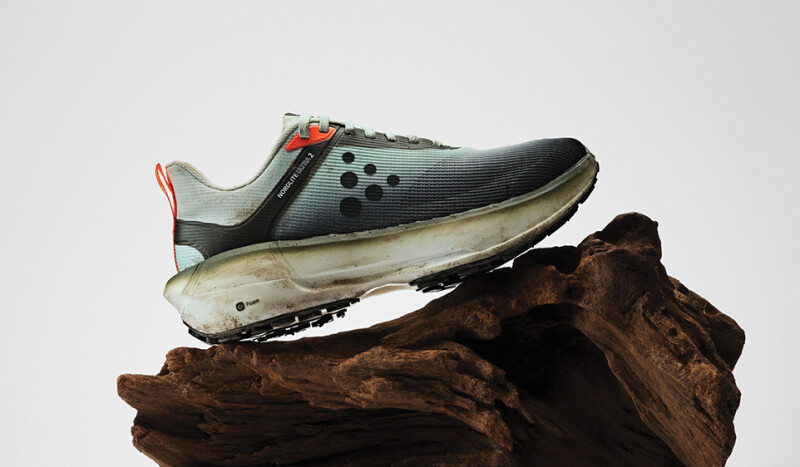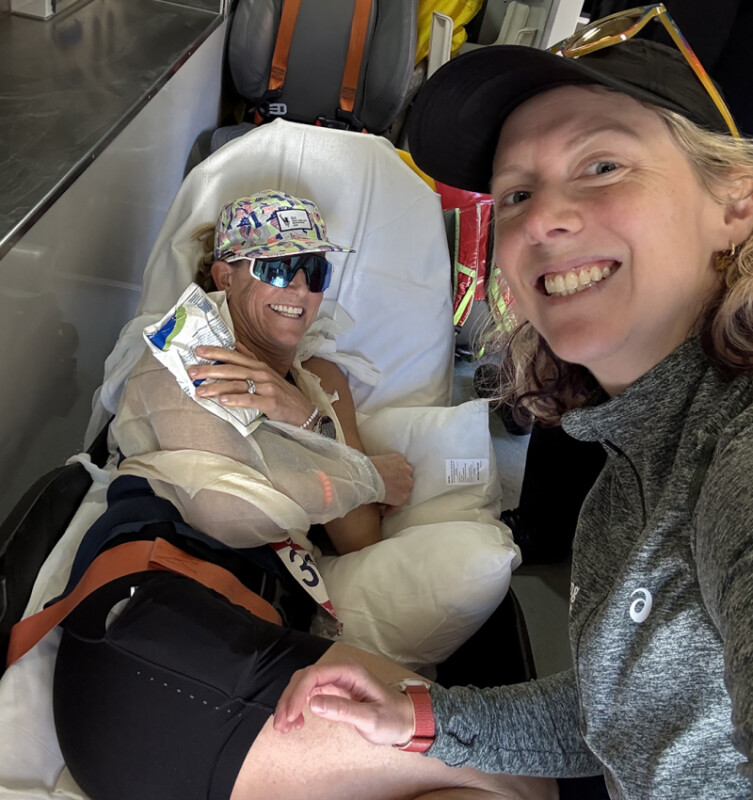I was a private label developer and didn’t even know it. That’s because in 2001 I worked in the UK, taking a role with an accessories company designing bags for various brands. These included large retailers like Selfridges and Tesco. I also designed bags for FIFA; all the bags for the 2002 edition of the FIFA World Cup were designed by me.
A year later, I moved to Canada and started my career in merchandising and buying. While at Caban, a division of Club Monaco, I was tasked with developing a cashmere program to sit beside our branded product assortment. It seemed like a daunting request. I had no idea where to start because I wasn’t formally a product developer.
Or was I?
My work in 2001 was that of a private label developer, although no one called me that. Brands and retailers often came to me with requests to design a private label program. This is exactly what Caban was asking me to do.
Many independent retailers have their own “where do I begin?” moment when they consider developing private label products of their own.
In this article, I will show you the value of private label products, how those products sit beside branded items, and how to get your program off the ground.
Step 1: The Value of Private Label
The first question to ask is: Why do private label to begin with? Actually, there are two good reasons for it.
First, higher margins for private label products compared to branded counterparts. Second, broader freedom in product design.
Further, private label serves as inflation insurance for retailers as this provides a viable option for price-sensitive customers. As such, large retailers have well-established, robust private label programs. Costco, Target, and Wal-Mart have Kirkland, Good & Gather and George brands, respectively, for example. All of these are well-known and are performance drivers for the retailer.
Naturally, the question needs to be asked about how private label product sits alongside branded items? Simple. The intention is not to displace or compete with branded items in-store. Branded product is a core component of any run specialty assortment and is the main driver of footfall. Instead, the goal of private label is to fill in the gaps within the assortment; complement branded items, offer something unique to customers and drive volume sales.
Don’t Copy, Create
When developing a private label program, there are obstacles run specialty retailers will face along the way. These include:
1. The product does not fill a gap or complement the assortment.
2. Your vendor partner doesn’t understand what you want.
3. The product quality is not at the standard your customer expects.
All originate from a common thread: You don’t understand what the customer wants.
Here’s a story about the cost of not understanding what your customer is looking for. During my time at Caban, we saw competitors bringing in capsules of sleep and loungewear. In an uninformed manner, we decided to do the same. We enlisted a manufacturer, designed a collection, and sent it to all our locations.
It bombed.
Our epic fail was that we didn’t ask the customer if this was something they wanted from us. We made our decision by trying to copy the competition, not by talking to our customers. This was an expensive lesson, teaching us that the center of all decision-making is what the customer wants.
So, how do you figure out what the customer wants?
This is where the running community shows its value. You have a direct line of communication with enthusiasts willing to share their thoughts.
As a starting point, ask your customers what they need that they are getting at a competitor or big-box retailer. Identify what you are losing to your competitors by category, style and price point. Comp shop to see what customers are buying that doesn’t exist in your product assortment.
Consider surveying your running community about what product they would like to buy from you. There may be an opportunity to invest in pre- or post-run products that your shoppers can’t find anywhere else. This could be a chance to collaborate with the community on customized products for events, runs or teams.
Capture market intel by asking brand ambassadors what customers are asking for. Additionally, install a standardized method for capturing customer feedback on your existing assortment. For example, capturing detailed information during returns. This enables you to find opportunities to improve on sizing, fit, and function.
Next: Choose Your Partner?
Once you decide on what to include, you have three options to start creating products:
1. Partner with your vendors to develop a program together.
2. Work with a wholesale partner and purchase from a catalog.
3. Source, design, and manufacture from start to finish with a factory partner.
First, you can approach your vendor partners and talk about their willingness to partner on products. Vendors have skills, manufacturers and a defined supply chain. They benefit by getting relevant data on what product resonates with customers.
Partnering on products also means negotiating terms and conditions. These include waiving minimum order quantities and product testing before committing to larger orders. This approach is very common among independent retailers.
Second, you can approach wholesalers that have an existing catalog of products. The wholesaler can source and manufacture products from start to finish. All you need to do is add your label to the process. The downside here is the lack of customization and collaboration. You don’t have as much control over the product quality as you are choosing from a list of pre-existing items.
Finally, you can choose to work directly with a factory — from design to production. Although you will have the most design freedom, this will be a very time-consuming process. Many independent retailers might not have the bandwidth – or expertise – to do this. However, recent trends in nearshoring might make this a more tenable option.
Now: Test and Evaluate
It’s crucial to test products. Evaluate their in-store performance before committing to large quantities. Pay the surcharge to learn if your products are what your customer wants. This is far cheaper than the cost of holding excess inventory at the end of the season.
Create a checklist to evaluate performance; include the following questions as a starting point:
1. Does this style resonate with my customers?
2. What sizing and fit work best for my customers?
3. Are there any patterns that are emerging?
4. Is the product priced competitively in comparison to the brands we carry?
5. Is this product relevant enough that we can invest in it season after season?
At this point, if your findings are encouraging, committing to larger quantities of product makes more sense.
As an example, we spoke to the team at Charm City Run about their experience with private label.
“Our private label program has definitely expanded over the last few years,” reports Charm City apparel buyer Lisa Costello, explaining that the retailer started with socks and has now expanded into a fairly large apparel offering from tees to sweats to shorts and jackets.
“We have experienced the most success thus far when we have printed on tees, tanks and sweats, although having our logo on solid in-line apparel like men’s shorts has been a nice addition as well,” she adds. “We have a wide range of customers who want to help promote our brand, but not everyone wants to wear a graphic tee all the time so we are lucky to be able to offer a little of both.”
If you’re considering a private label program, bookmark this article as your guide. Remember, although you have higher margins with private label, the products aim to fill gaps in the assortment.
Having a deep understanding of what your customers want ensures that you don’t waste time and effort. Choose product development partners carefully and avoid committing to large product quantities before testing in-store.
Voila! You are now a private label developer.
Retail Strategy Group works with global brands and retailers, helping them accelerate speed to market, improve profitability and increase organizational effectiveness. Clients span across categories, including performance apparel, accessories, outdoor, footwear and retail tech. Its monthly newsletter, The Merchant Life, attracts retailers seeking merchandising and product creation insights. Learn more at www.retailstrategygroup.com and themerchantlife.com.






